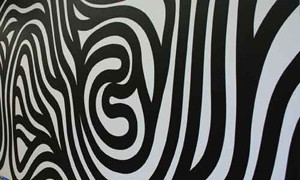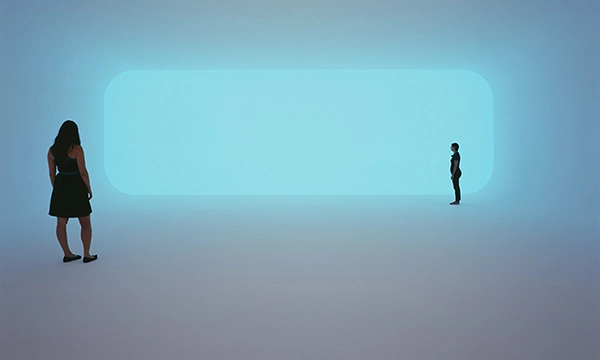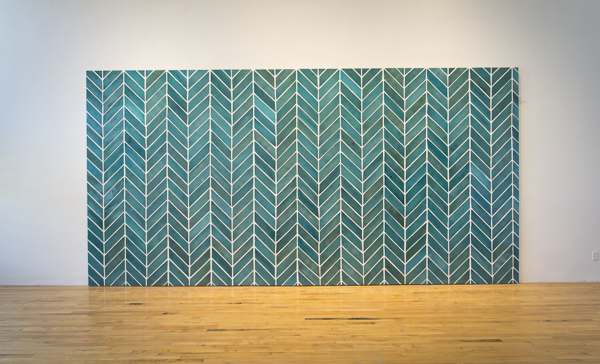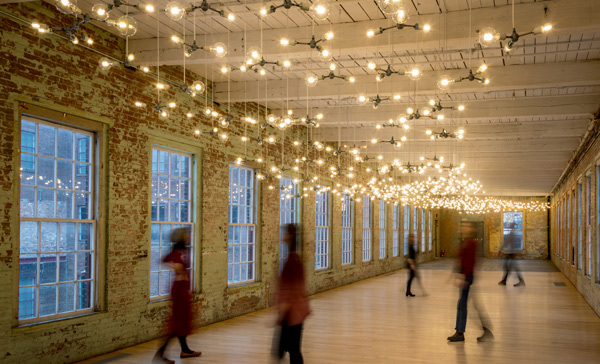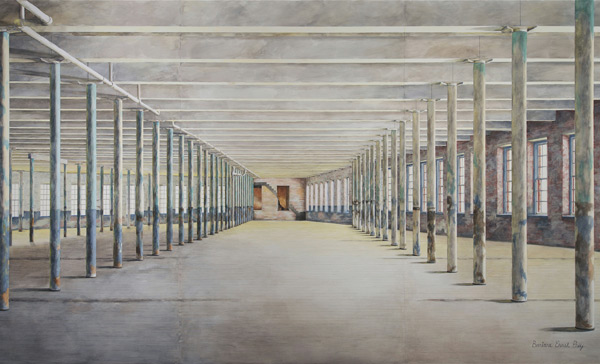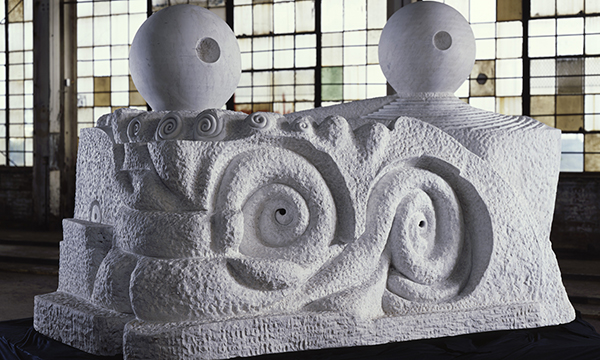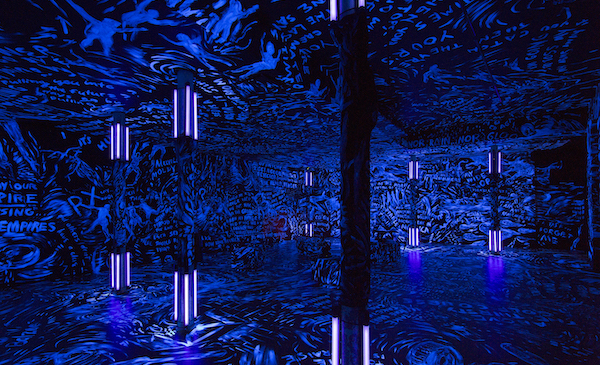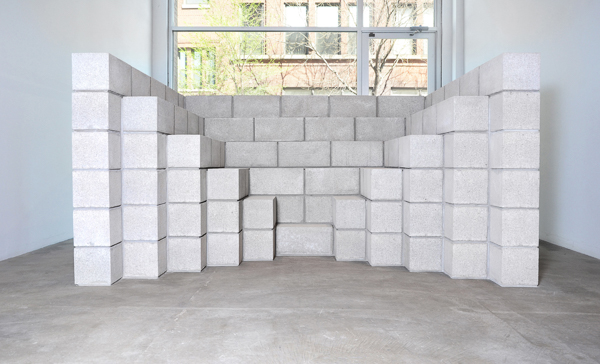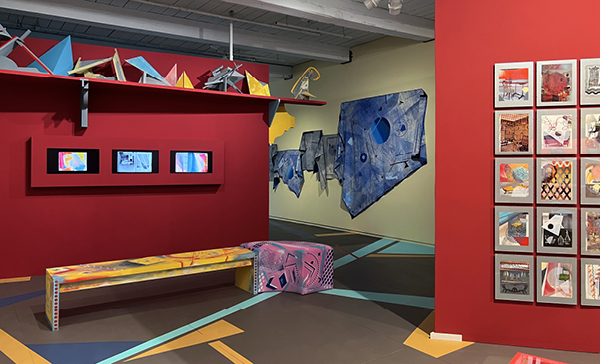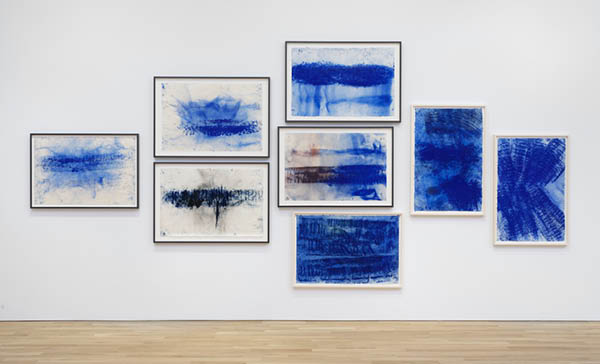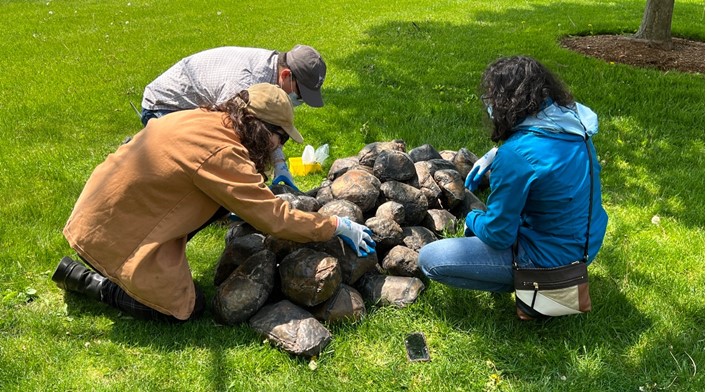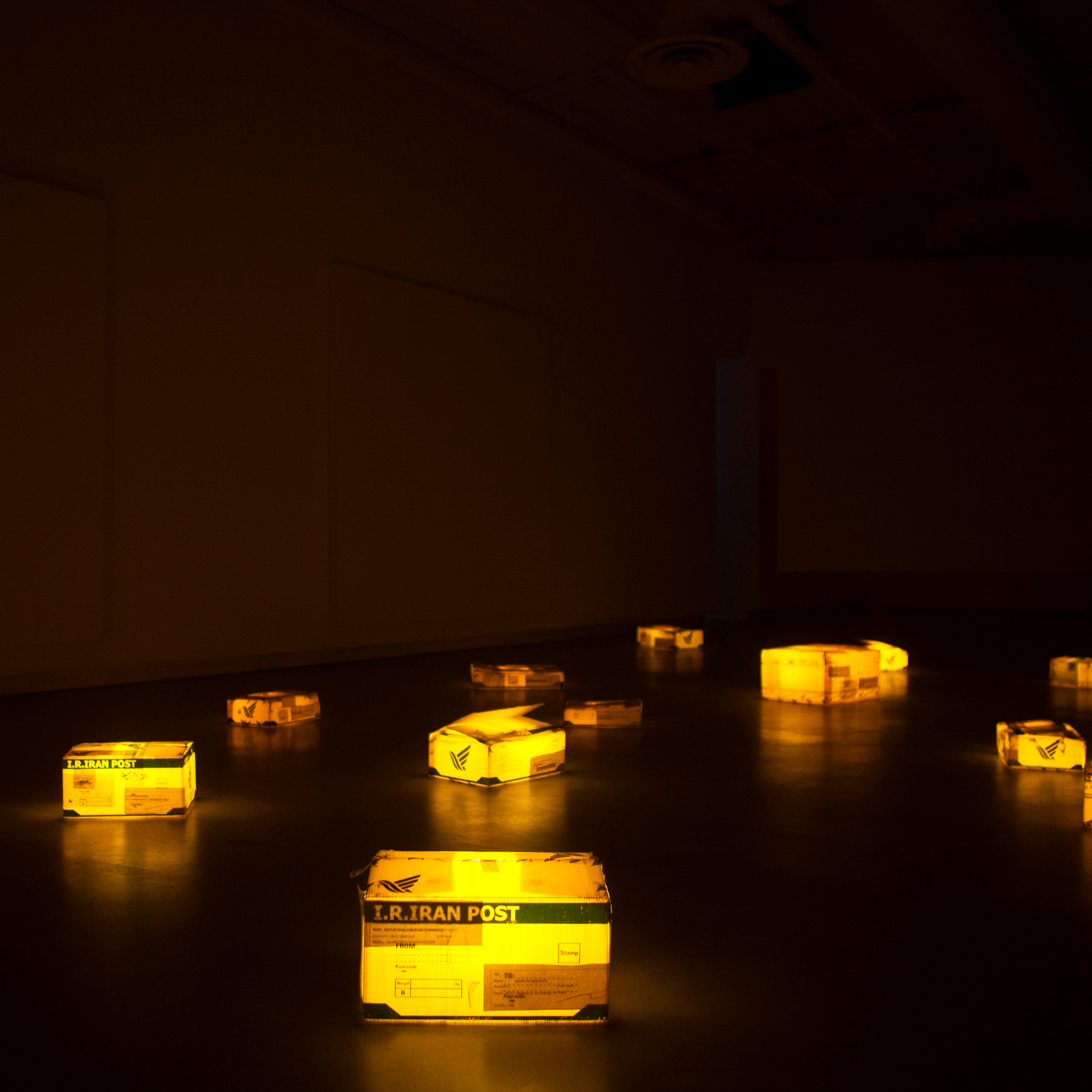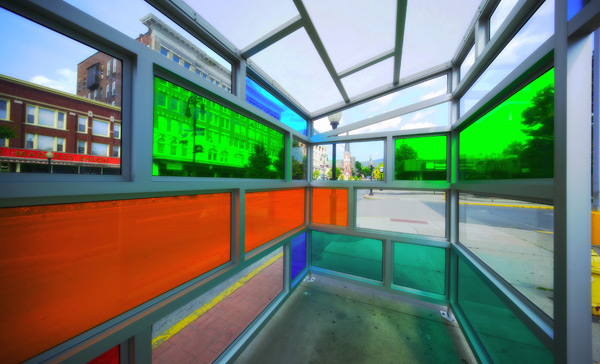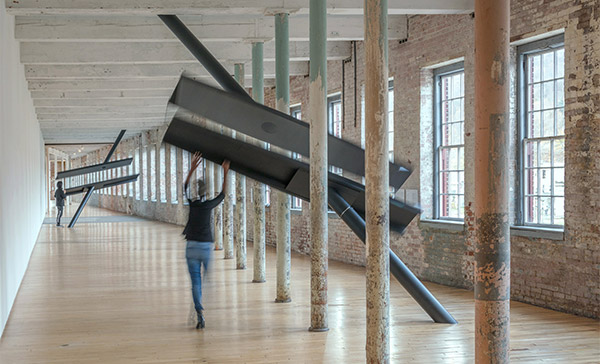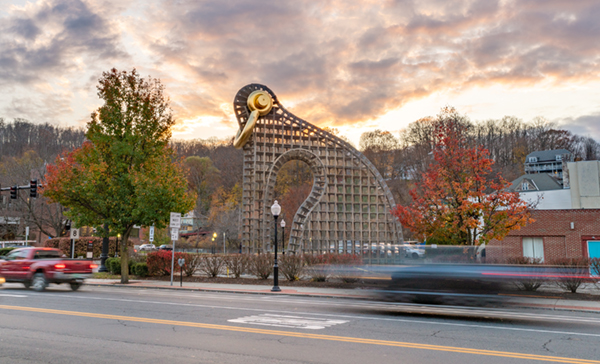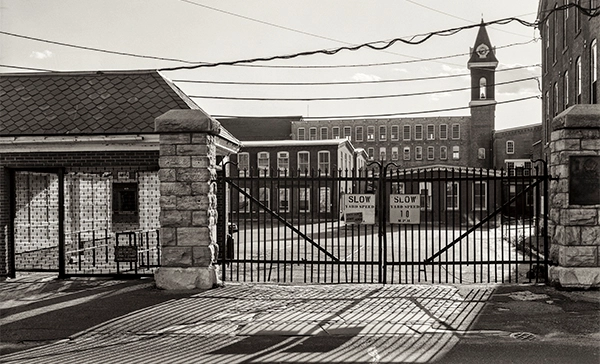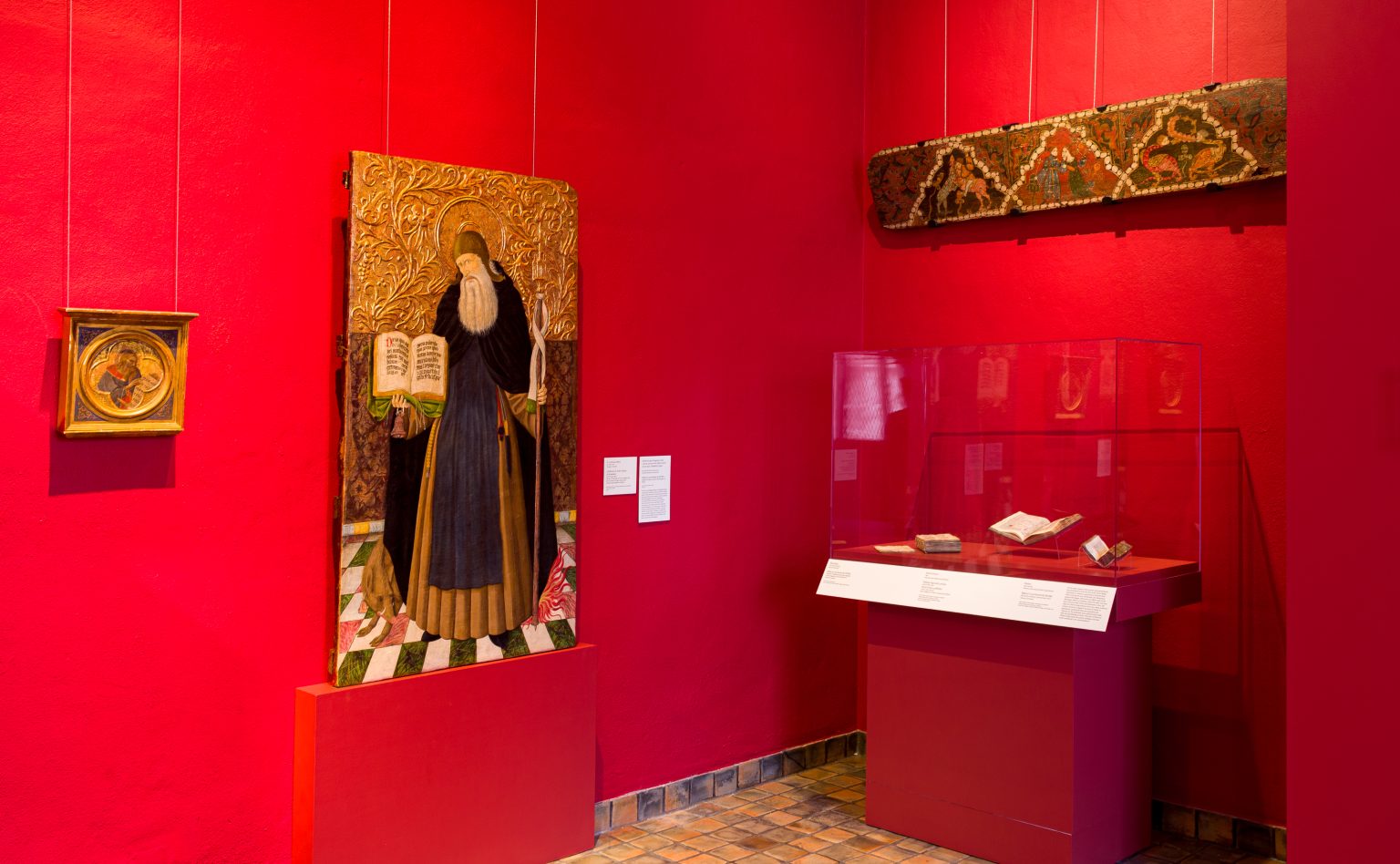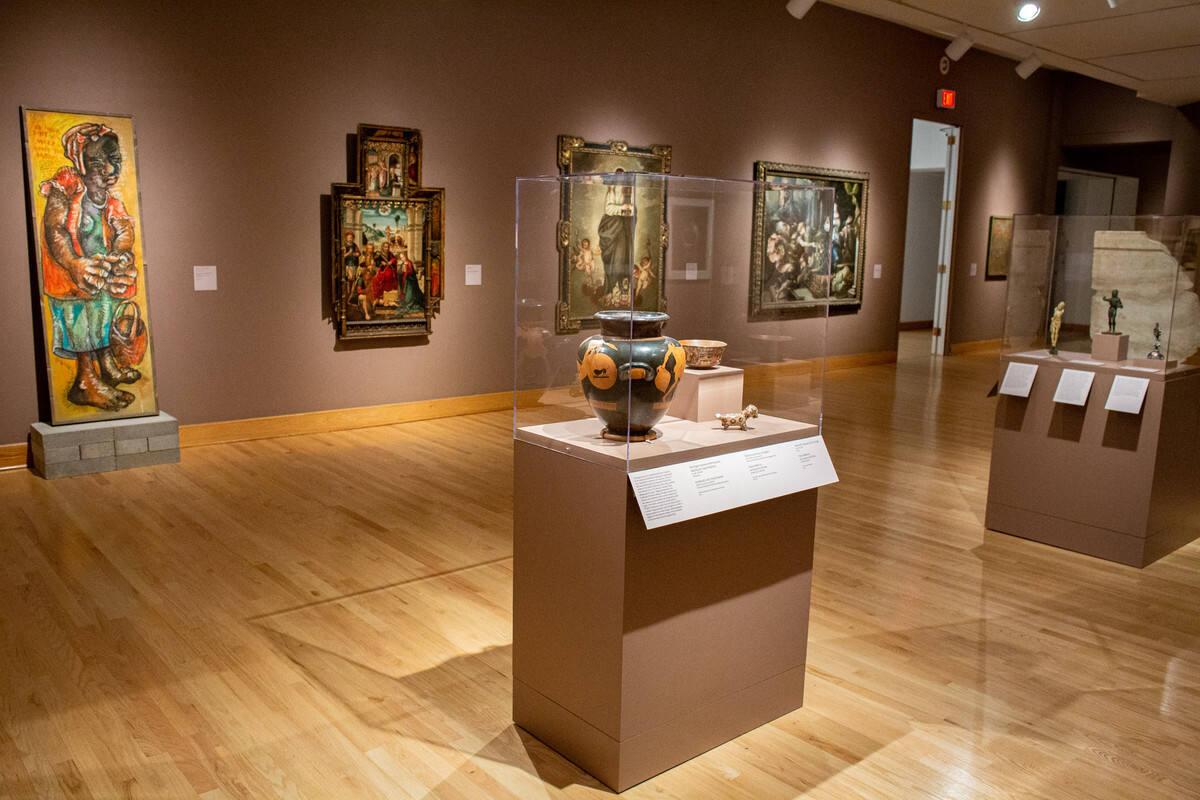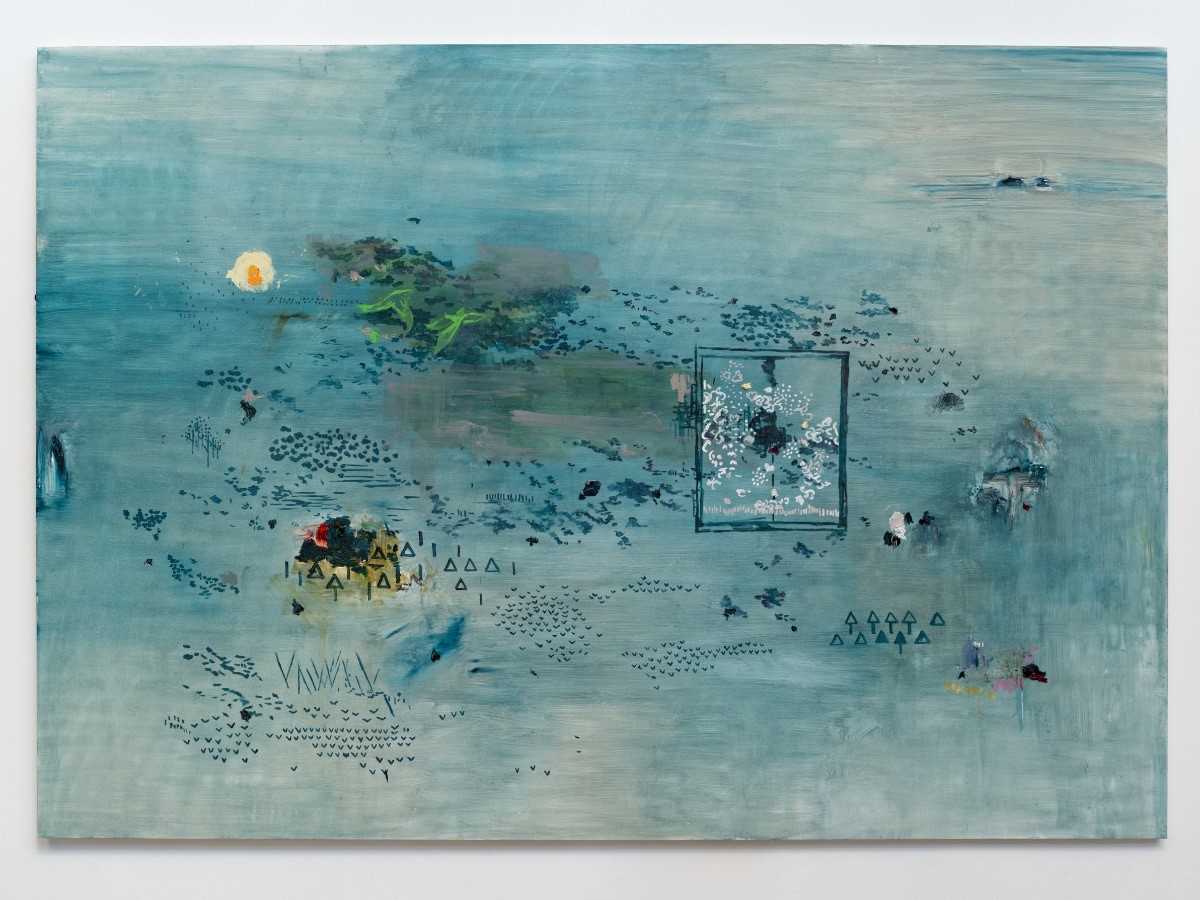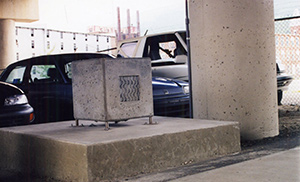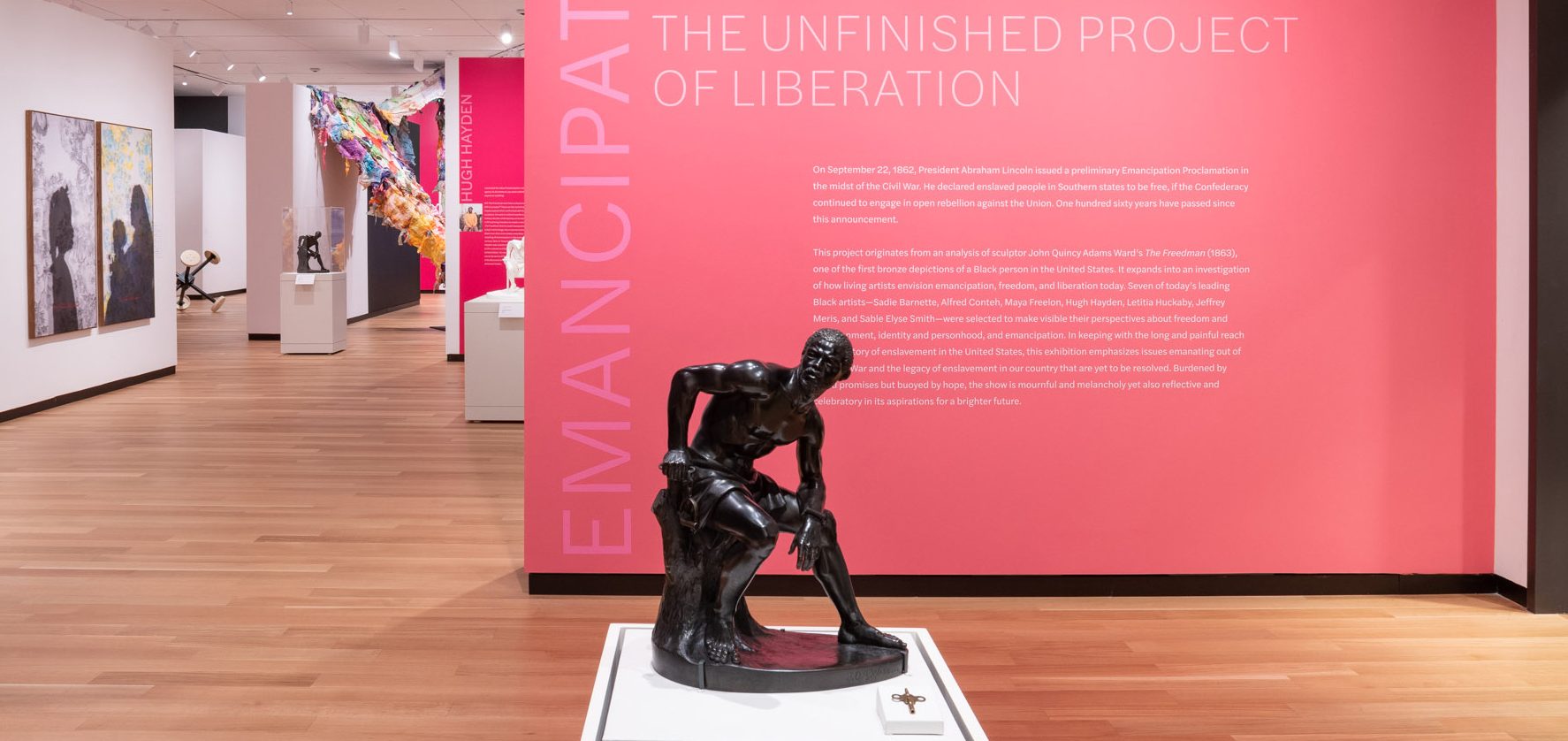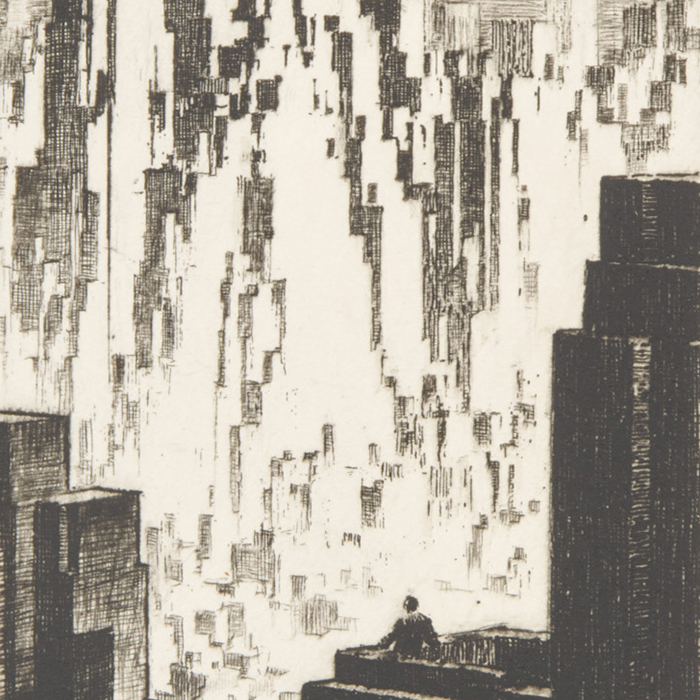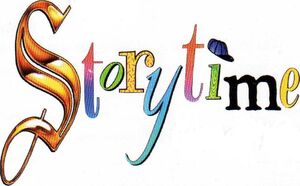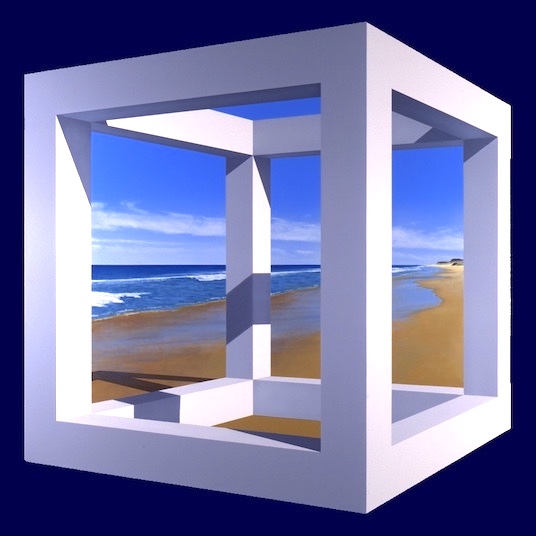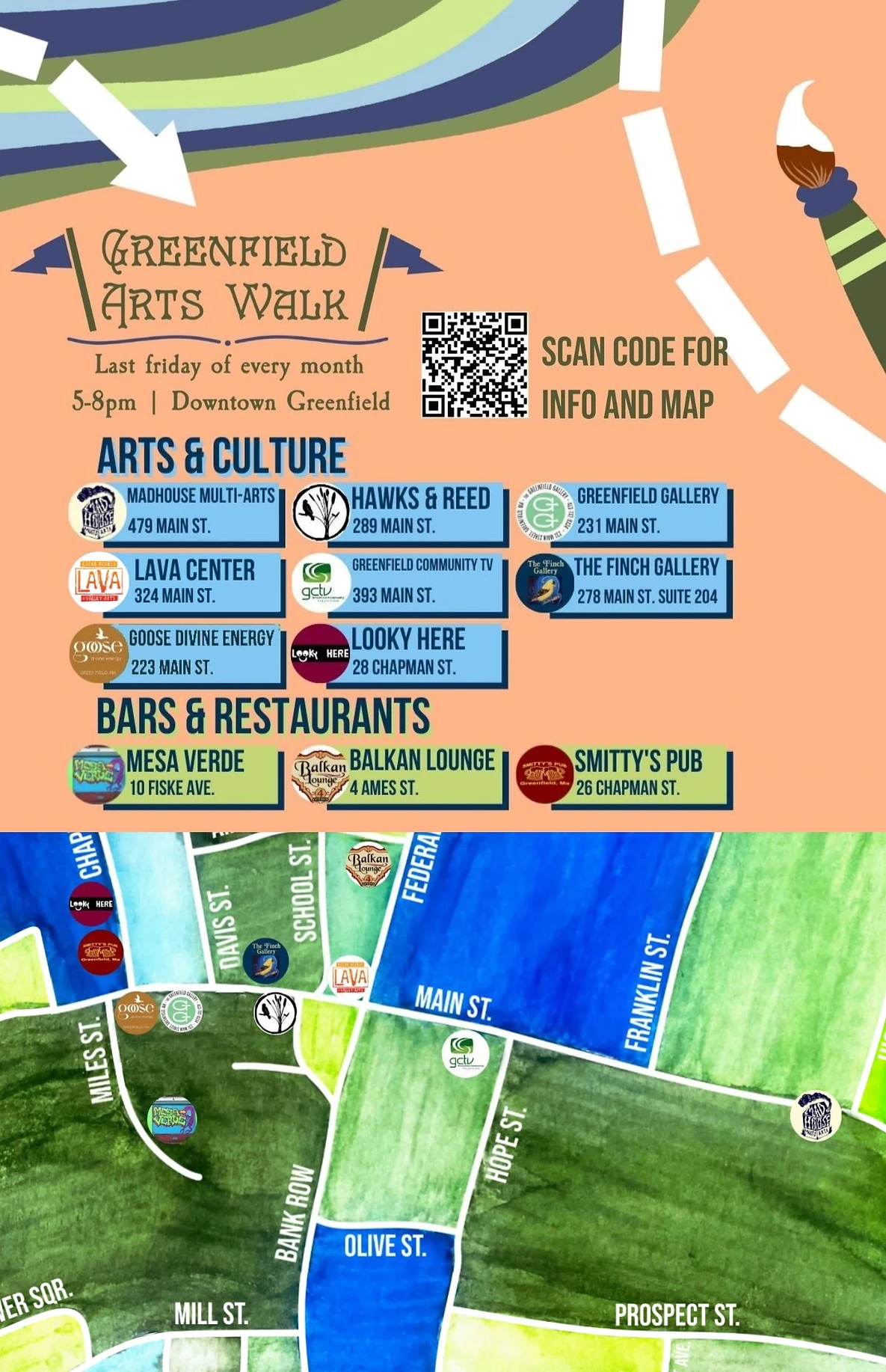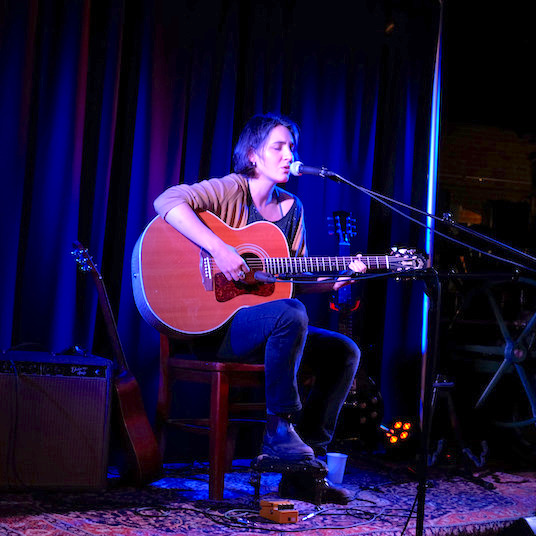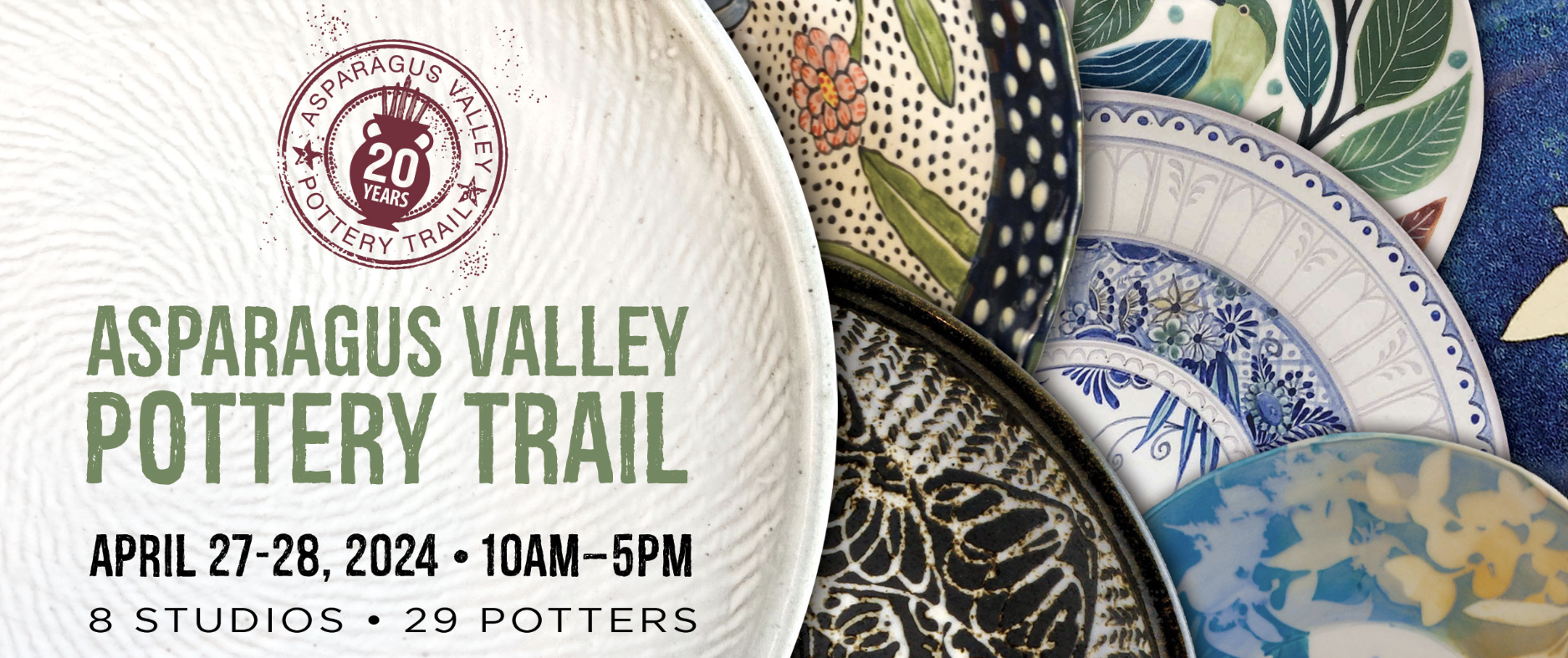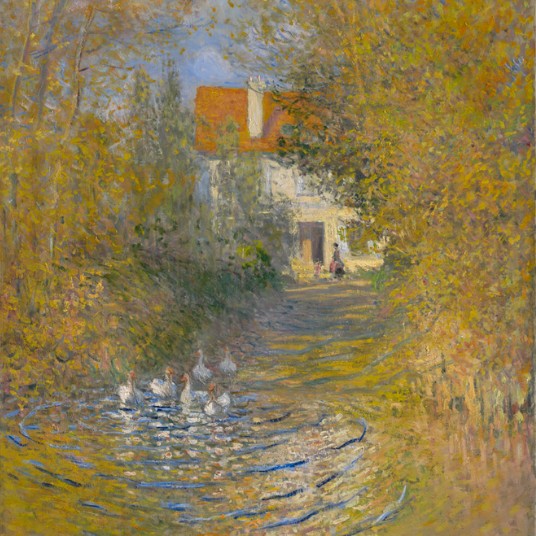Upcoming Events
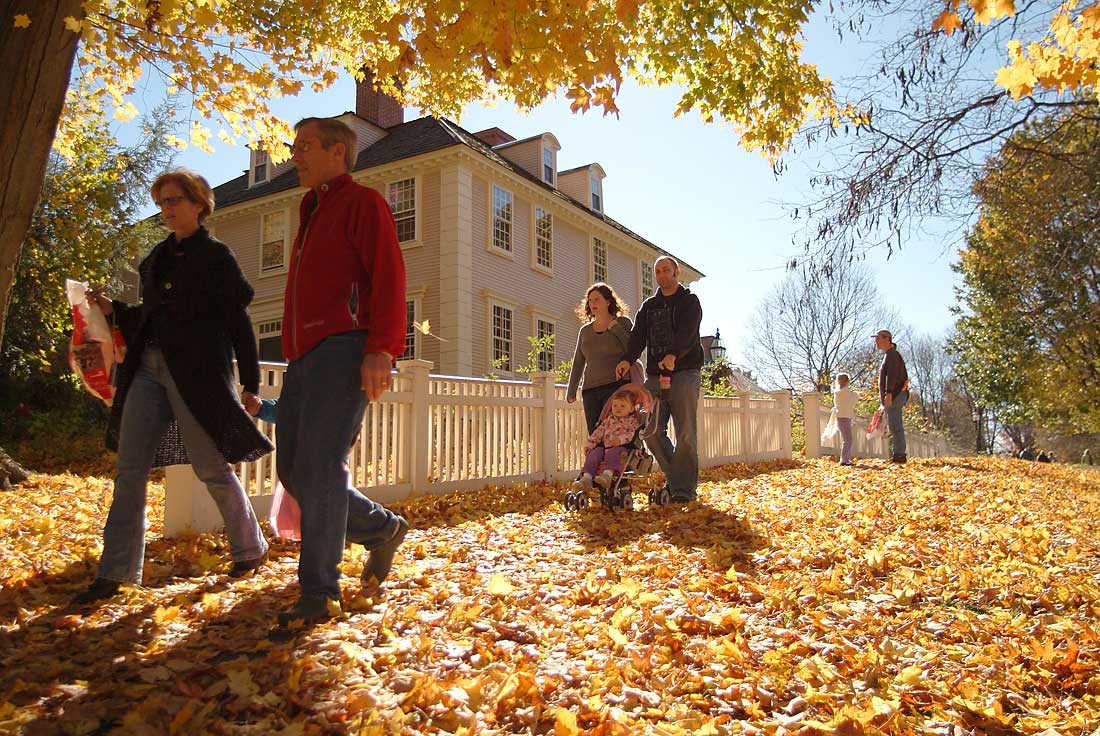
Show Ongoing Events
Hide Ongoing Events
| < Mar< March 2024 | Apr 2024April 2024 | May >May 2024 > | ||||
|---|---|---|---|---|---|---|
Recurring/Ongoing Event
Embodied Words: Reading in Medieval Christian Visual Culture
@Williams College Museum of Art
Recurring/Ongoing Event
10:30am–11:00am
Toddler Time @ North Adams Public Library
@North Adams Public Library
Recurring/Ongoing Event
2:00pm
Knot Just Knitting @ The North Adams Public Library
@North Adams Public Library
Recurring/Ongoing Event
10:30am–11:00am
Toddler Time @ North Adams Public Library
@North Adams Public Library
Recurring/Ongoing Event
2:00pm
Knot Just Knitting @ The North Adams Public Library
@North Adams Public Library
Recurring/Ongoing Event
10:30am–11:00am
Toddler Time @ North Adams Public Library
@North Adams Public Library
Recurring/Ongoing Event
2:00pm
Knot Just Knitting @ The North Adams Public Library
@North Adams Public Library
Recurring/Ongoing Event
10:30am–11:00am
Toddler Time @ North Adams Public Library
@North Adams Public Library
Recurring/Ongoing Event
2:00pm
Knot Just Knitting @ The North Adams Public Library
@North Adams Public Library
9:30am–12:00pm
Prepare the Community Gardens for Spring
@Mass Audubon Canoe Meadows Wildlife Sanctuary
Recurring/Ongoing Event
10:30am–11:00am
Toddler Time @ North Adams Public Library
@North Adams Public Library
Recurring/Ongoing Event
2:00pm
Knot Just Knitting @ The North Adams Public Library
@North Adams Public Library


